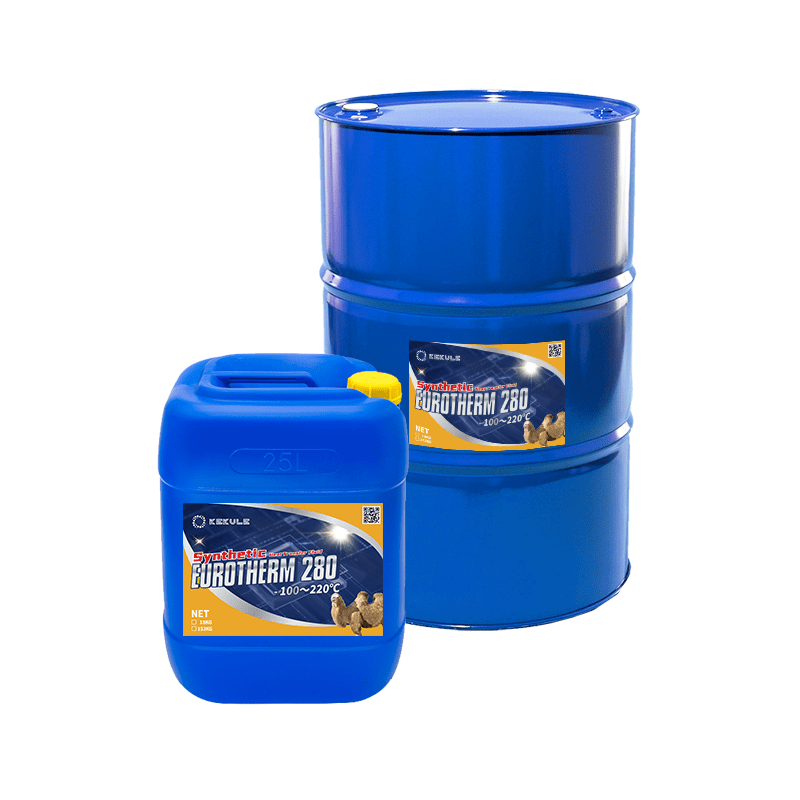The Basic Principles Of Chemie
The Basic Principles Of Chemie
Blog Article
8 Simple Techniques For Chemie
Table of ContentsSome Known Factual Statements About Chemie Not known Incorrect Statements About Chemie Top Guidelines Of ChemieNot known Facts About Chemie5 Easy Facts About Chemie ShownThe Main Principles Of Chemie
By Bojanna Shantheyanda, Sreya Dutta, Kevin Coscia and David SchiemerDynalene, Inc. Fluid air conditioning, which can be achieved using indirect or straight means, is used in electronic devices applications having thermal power thickness that might surpass safe dissipation with air cooling. Indirect fluid air conditioning is where heat dissipating electronic elements are physically separated from the liquid coolant, whereas in instance of direct air conditioning, the components remain in straight contact with the coolant.Nevertheless, in indirect air conditioning applications the electrical conductivity can be crucial if there are leakages and/or spillage of the liquids onto the electronic devices. In the indirect cooling applications where water based fluids with rust preventions are usually utilized, the electric conductivity of the fluid coolant generally depends upon the ion focus in the liquid stream.
The rise in the ion concentration in a closed loophole fluid stream may happen as a result of ion leaching from steels and nonmetal parts that the coolant fluid is in call with. During operation, the electric conductivity of the fluid might raise to a level which could be hazardous for the air conditioning system.
Top Guidelines Of Chemie
(https://www.gaiaonline.com/profiles/chemie999/46990986/)They are bead like polymers that can trading ions with ions in an option that it is in call with. In the present job, ion leaching tests were done with various metals and polymers in both ultrapure deionized (DI) water, i.e. water which is treated to the highest degree of purity, and low electrical conductive ethylene glycol/water combination, with the gauged change in conductivity reported in time.
The examples were permitted to equilibrate at area temperature level for 2 days before recording the initial electric conductivity. In all examinations reported in this research study liquid electric conductivity was determined to a precision of 1% making use of an Oakton CON 510/CON 6 collection meter which was calibrated before each dimension.
6 Easy Facts About Chemie Explained
from the wall surface heating coils to the facility of the heater. The PTFE example containers were put in the heating system when steady state temperatures were reached. The examination setup was removed from the heating system every 168 hours (seven days), cooled to room temperature with the electric conductivity of the fluid gauged.
The electric conductivity of the fluid example was checked for a total of 5000 hours (208 days). Number 2. Schematic of the indirect shut loophole cooling down experiment set up - heat transfer fluid. Table 1. Parts utilized in the indirect closed loophole cooling down experiment that are in contact with the liquid coolant. A schematic of the speculative configuration is displayed in Number 2.

Not known Details About Chemie
During procedure the liquid storage tank temperature was kept at 34C. The modification in fluid electrical conductivity was kept track of for 136 hours. The fluid from the system was gathered and kept. Likewise, shut loophole examination with ion exchange resin was performed with the exact same cleaning procedures employed. The preliminary electric conductivity of the 230ml UP-H2O in the system determined 1.84 S/cm.

0.1 g of Dowex material was included in 100g of fluid examples that was taken in a separate container. The mixture was stirred and alter in the electrical conductivity at space temperature was measured every hour. The measured modification in the electric conductivity of the UP-H2O and EG-LC examination fluids consisting of polymer or metal when immersed for 5,000 hours at 80C is shown Figure 3.
The Basic Principles Of Chemie
Ion seeping experiment: Calculated change in electrical conductivity of water and EG-LC coolants containing either polymer or metal samples when immersed for 5,000 hours at 80C. The results indicate that steels contributed fewer ions into the fluids than plastics in both UP-H2O and EG-LC based coolants.
Fluids including polypropylene and HDPE showed the lowest electrical conductivity adjustments. This might be due to the brief, stiff, linear chains which are much less most likely to add ions than longer branched chains with weak intermolecular pressures. Silicone additionally did well in both examination fluids, as polysiloxanes are generally chemically inert as a result of the high bond energy of the silicon-oxygen bond which would certainly protect against degradation of the product right into the fluid.
The Facts About Chemie Uncovered
It would certainly be anticipated that PVC would create similar outcomes to those of PTFE and HDPE based on the comparable chemical structures of the products, nonetheless there browse this site may be other pollutants existing in the PVC, such as plasticizers, that might affect the electrical conductivity of the fluid - therminol & dowtherm alternative. In addition, chloride groups in PVC can also seep into the examination liquid and can cause a boost in electrical conductivity
Buna-N rubber and polyurethane showed indications of deterioration and thermal decomposition which suggests that their feasible utility as a gasket or glue product at higher temperatures can bring about application issues. Polyurethane totally degenerated right into the test fluid by the end of 5000 hour examination. Figure 4. Prior to and after pictures of steel and polymer examples immersed for 5,000 hours at 80C in the ion leaching experiment.
Measured modification in the electric conductivity of UP-H2O coolant as a feature of time with and without material cartridge in the closed indirect air conditioning loophole experiment. The measured change in electric conductivity of the UP-H2O for 136 hours with and without ion exchange material in the loop is displayed in Figure 5.
Report this page